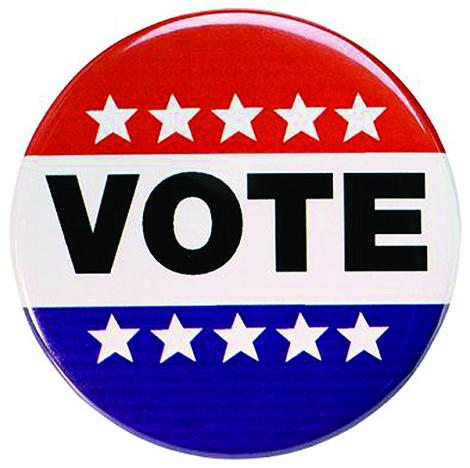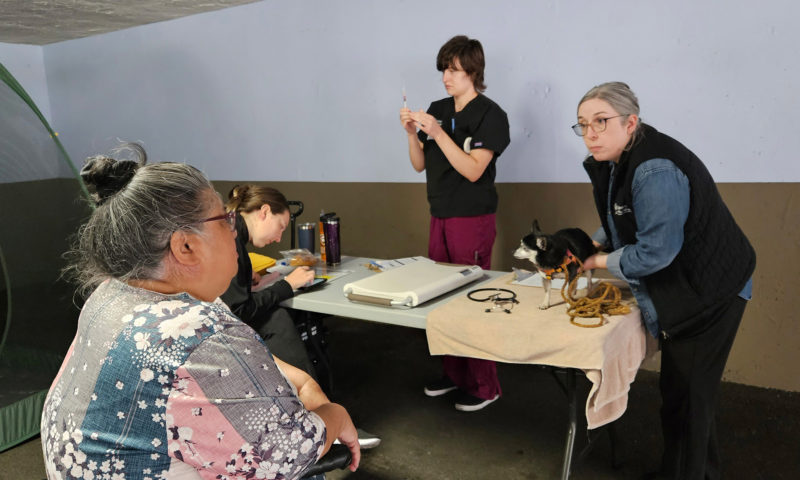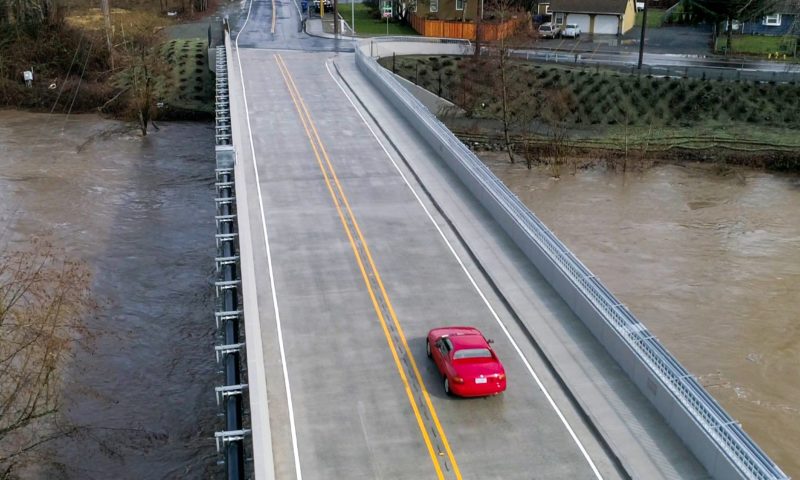About 530 of Washington’s bridges, including nearly 100 in Pierce and King counties, are in “poor” condition, according to the state Department of Transportation. Fixing them isn’t easy.
Delays in repairs or maintenance can lead to emergency bridge closures that sometimes have deep economic repercussions for communities and businesses. A $605 million boost in federal funds that began flowing into Washington in 2022 will help the state make a dent in its growing list of bridge maintenance and replacement work. But even with additional money from the $1.2 trillion Bipartisan Infrastructure Law on top of what the state already invests each year, officials say it won’t be enough to address all of Washington’s bridges rated in poor condition.
Just catching up on repairs to state-owned bridges, transportation officials estimate, would take more than $150 million annually.
“We assume the backlog will remain,” DOT spokesperson Christina Werner said, “and, without a new fund source, will increase.”
Every bridge is inspected roughly every two years. An inspection typically covers the superstructure, which includes the deck and supporting girders, and any mechanical parts if it’s a movable bridge. Inspection teams often check 20 to 30 structures a week, each taking anywhere from a few hours to several days to complete, depending on the size of the bridge and crew.
DOT uses past reports to check for growth by measuring, photographing, and tracing cracks with paint.
Seattleites, particularly those in West Seattle, are very familiar with precarious cracks. Rapidly growing fractures unexpectedly closed, in 2020, the high bridge that connected the peninsula to the rest of the city. The emergency closure happened as stay-at-home orders came down in the early days of the pandemic. The city spent two years scrambling to repair the bridge, which now is rated as fair condition.
In King County, 79 of the 1,701 bridges (4 percent) there are considered to be in poor condition. In Pierce County, that rating applies to 18 of the 573 total, or 3 percent.
DOT monitors roughly 7,300 bridges statewide. The agency owns about half of those, contracting with over 100 local municipalities to inspect the others.
State and local agencies aren’t the only ones monitoring bridges. On Oct. 20, the City of Tacoma closed Fishing Wars Memorial Bridge—a four-lane span across the Puyallup River, near Interstate 5—as recommended by the Federal Highway Administration. The closure was to continue until after steel tension members and connections were cleaned of dirt and debris and a full inspection was conducted, with a new load rating a possibility after the work, official said.
All agencies inspecting bridges follow the same basic process, as outlined by DOT’s. Once inspected, the deck — the superstructure that supports the roadway and the substructure — is given a numerical score. A 9 or an 8 indicates the bridge is in excellent condition, according to Roman Peralta, co-chairman of DOT’s Bridge Preservation Office; a zero score closes the bridge. A rating of 4 or less is considered poor. The inspection team then makes repair recommendations, which could include preservation or replacement.
Examples of bridges that were rehabilitated or replaced after wearing out is Veterans Memorial Bridge (also known as Milwaukee Bridge) in Puyallup. It reopened to traffic in 2022 after being closed for 18 months for improvements. The concrete structure, which spans the Puyallup River in the northeast section of the city, was built in 1962.and slowly deteriorated in the ensuing 50 years to the point it became “structurally deficient,” officials said. Engineers projected in 2013 that the bridge wouldn’t last more than 10 more years, leading to its temporary closure in October 2020 for repairs that were paid for in part by federal funding for bridge-replacement projects.
Overall, 17 Washington counties have at least 5 percent of their bridges rated poor. Such a rating doesn’t mean a bridge is unsafe or structurally deficient, said Peralta.
Generally, a lower rating places a bridge higher on the repair or replacement list, Peralta explained. When its rating drops to poor, a bridge becomes eligible for replacement.
The Legislature’s Joint Transportation Committee decided in 2022 that 61 percent of the state’s portion of the federal money for bridge repairs or replacement will be spent on state-owned bridges. The rest will head to cities and counties.
Crosscut.com, a non-profit Pacific Northwest news site, contributed to this report.



